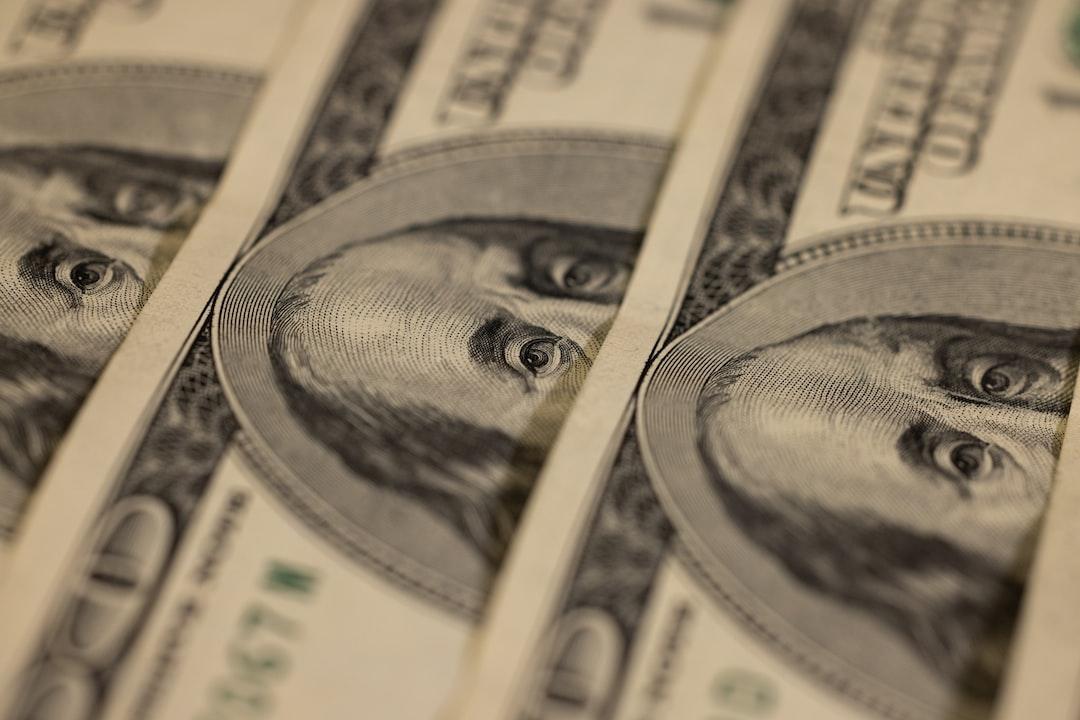A Bitcoin whale has made headlines in the cryptocurrency world by adding a substantial amount to their already impressive holdings. According to Lookonchain, a prominent analytics platform, the whale purchased an additional 102 BTC worth approximately $6.72 million. This latest acquisition brings the whale’s total holdings to 3,385 BTC, equivalent to a staggering $232.15 million, since March 6. However, despite their significant investments, the current market dynamics suggest a potential loss for the investor. With an average buying cost of $68,579 per BTC and the current market price at $66,289, there is a deficit of $8.08 million. Nevertheless, such fluctuations are not uncommon in the volatile world of cryptocurrency trading.
Interestingly, this acquisition coincides with a notable surge in the price of Bitcoin, which has increased by 4.26% over the past 24 hours. This surge in price is accompanied by heightened trading activity, with the 24-hour trading volume for BTC soaring by 40.04% to reach $39.57 billion. Analysts attribute this bullish momentum to the release of crucial economic data, particularly the US Consumer Price Index (CPI) for April.
According to the US Bureau of Labor Statistics (BLS), the CPI for April saw a modest increase of 0.3%, slightly below the anticipated rate of 0.4%. This data suggests a slower pace of inflation than previously expected, leading market participants to discuss potential actions by the Federal Reserve. The March CPI print contributed to a 12-month increase of 3.4% in the index, indicating a moderation in the rate of inflation and fueling speculation about the Federal Reserve’s monetary policy stance.
Currently, traders are assessing the likelihood of interest rate cuts, with only a 3.1% probability of a rate cut in June, according to the CME’s FedWatch tool. However, expectations are increasing for a rate cut in September, with a 53% probability. Overall, the interplay between macroeconomic factors and the crypto market highlights the growing influence of traditional economic indicators on digital assets. As Bitcoin continues to attract institutional investors and gain mainstream acceptance, its price movements are increasingly influenced by global economic trends and policy decisions.


